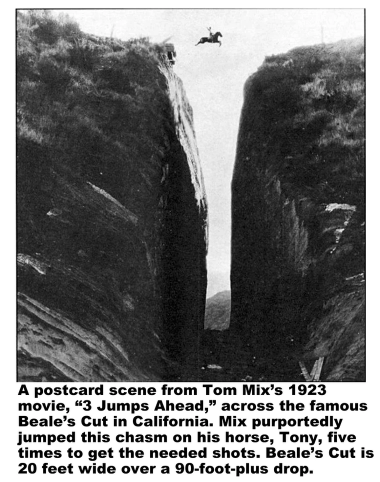Potential Gaps in your EHS/ESG program
“Gaps are for overcoming”
Eventually ESG accounting, if it does what it needs to do, will require full chemical mass balancing across your global supply chain. (And perhaps social “mass balances? as well”)
Here are some “gaps” I typicallly find. Some have already been solved but not widely implemented, some still await creation. If you have a great solution to these, please share!
Do you receive your Safety Data Sheets SDS’s in a standardized, structured data format so you can run them through AI to evaluate potential deficiencies and to automate hazard identification and operational/ training requirements?
Receiving ERP transactions in a standardized, structured data format so they can be processed into your EHS/ESG system for inclusion in your program operation and data collection?
Managing the deficiencies in Safety Data Sheets SDS’s. I call Safety Data Sheets the “Find that Hazard” game. I’ve seen far more bad ones than good ones
Visual Chemical Safety: Can you take those Safety Data Sheets and convey the hazards to workers and consumers who don’t speak the language natively, might not read, and might have trouble understnding the concepts?
Tracking what chemicals you do or don’t want in your facility BEFORE they are purchased? And tracking why you made those decisions?
Tracking chemical transactions and transactions “of environmental interest” from your ERP system(s) into your EHS/ESG sysstems?
“Templatizing” your SOPs so you know what is the same and what is different across jobs, pieces of equipment, chemicals, and waste streams. Also makes you internally consistent, reduces your training efforts, and makes your training more effective.
Those are the high level items that are foundational to that ab ility to paint a complete picture and to go behond compliance..
Community Call What other
